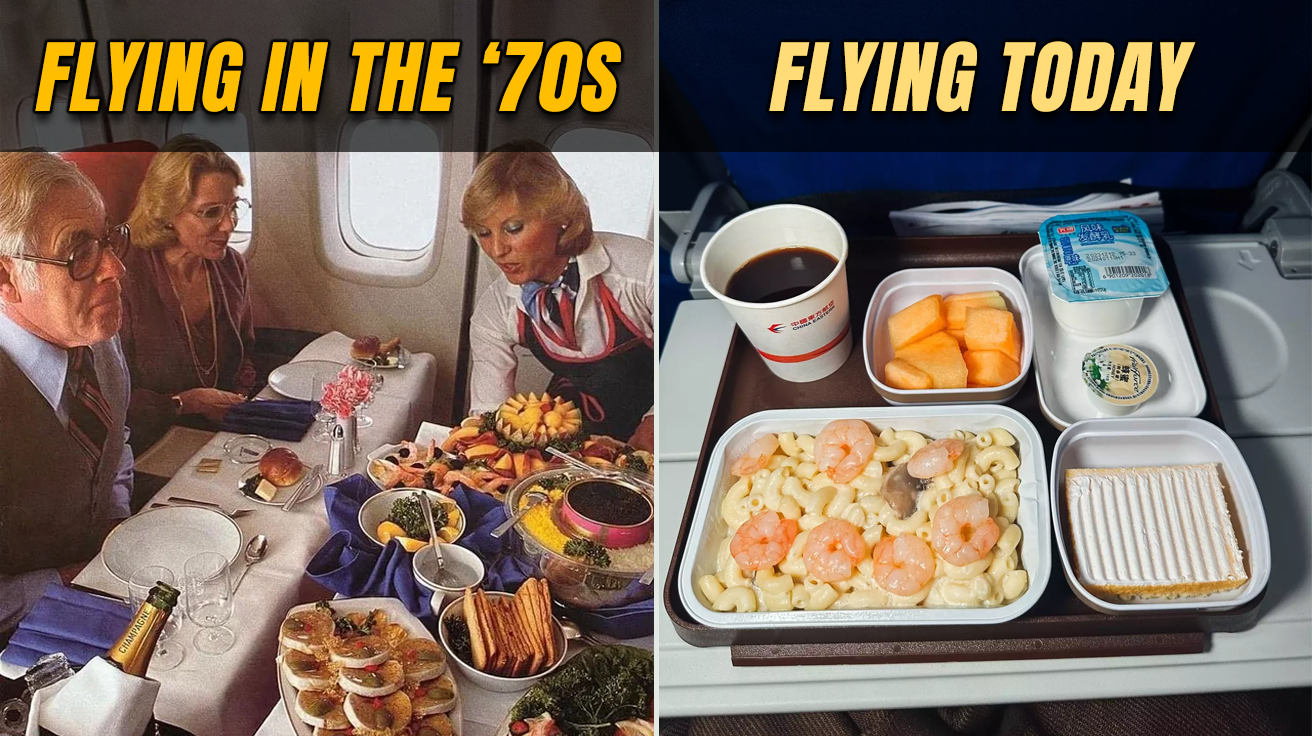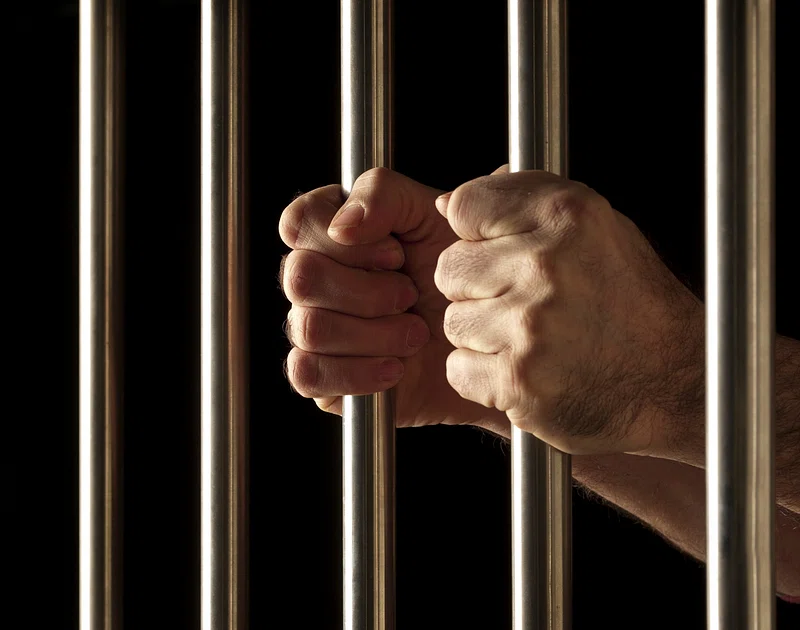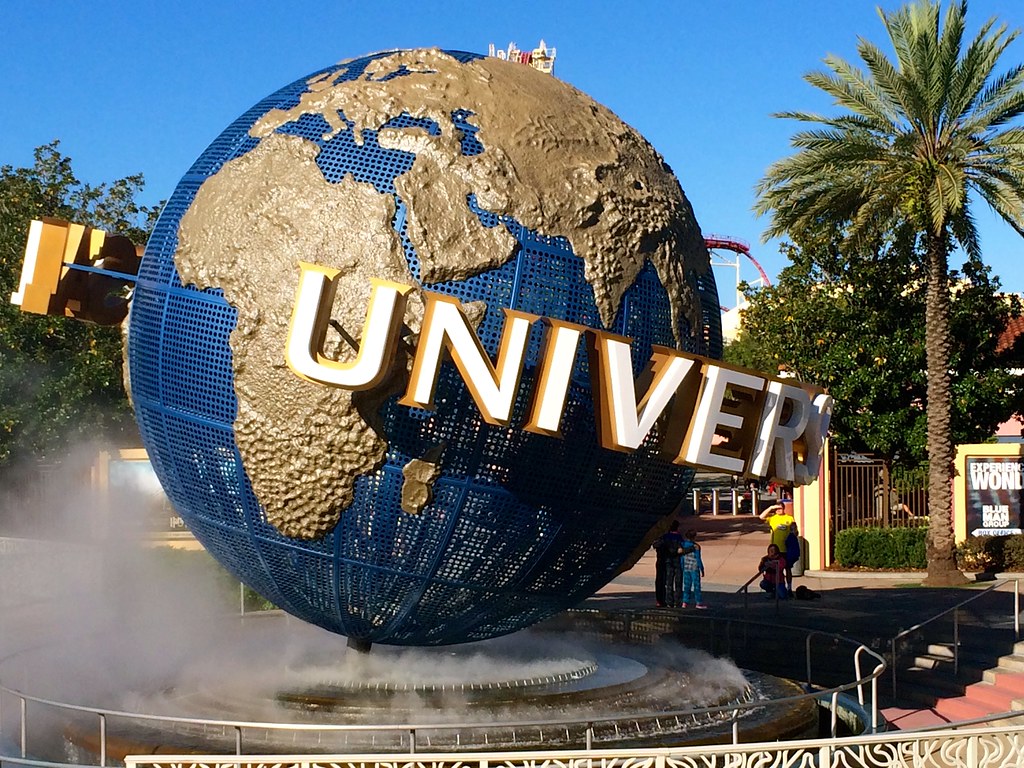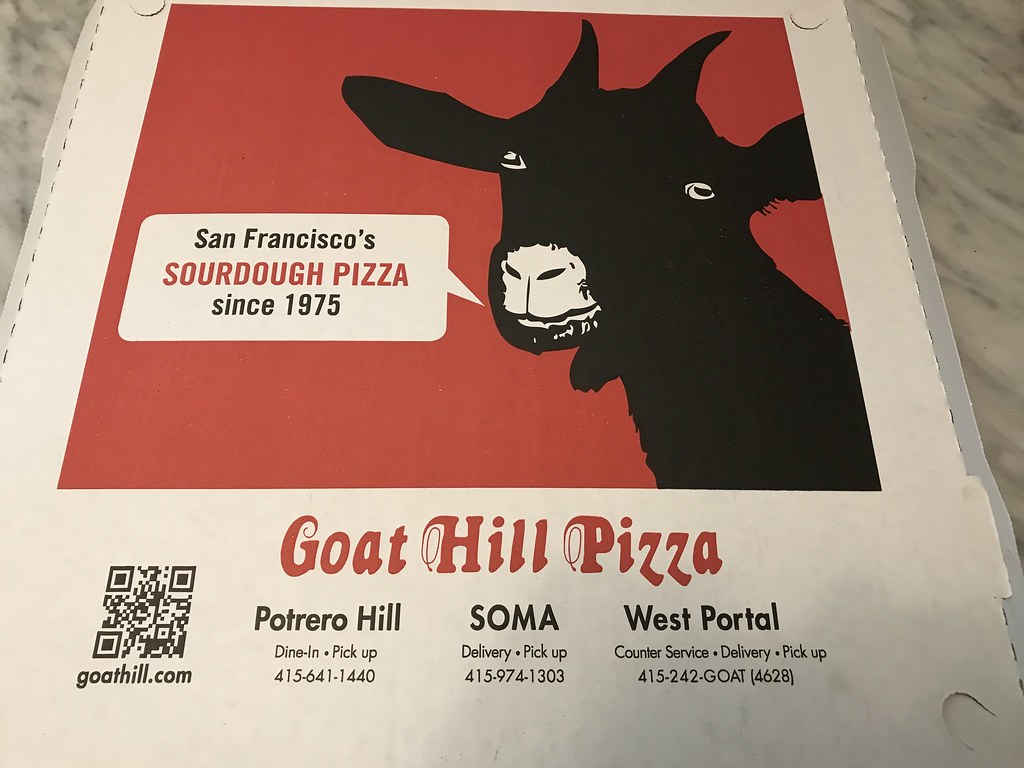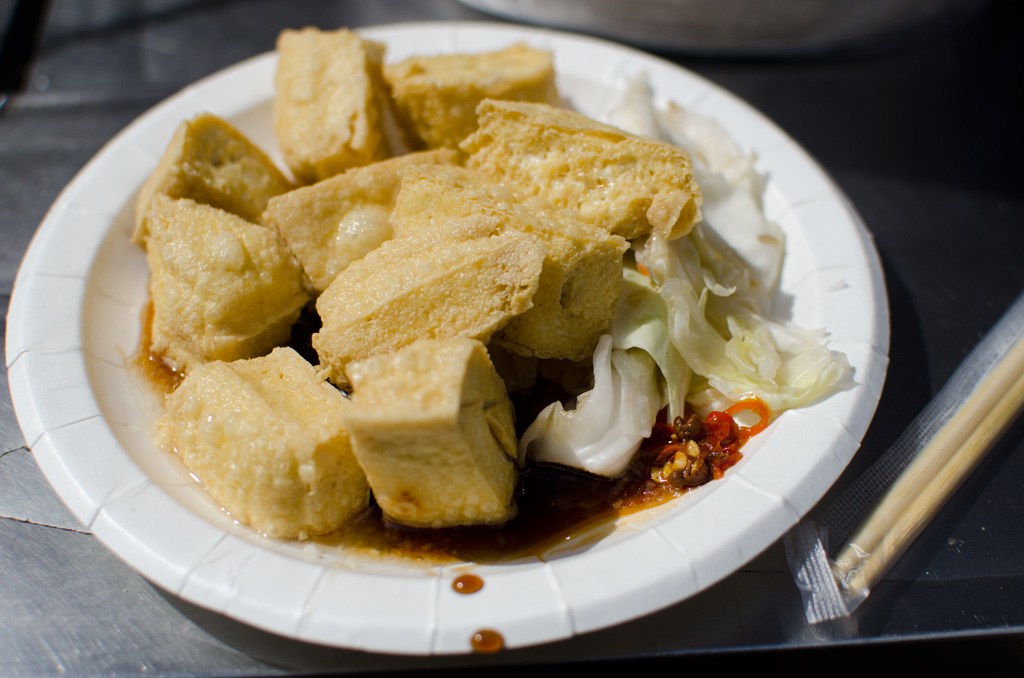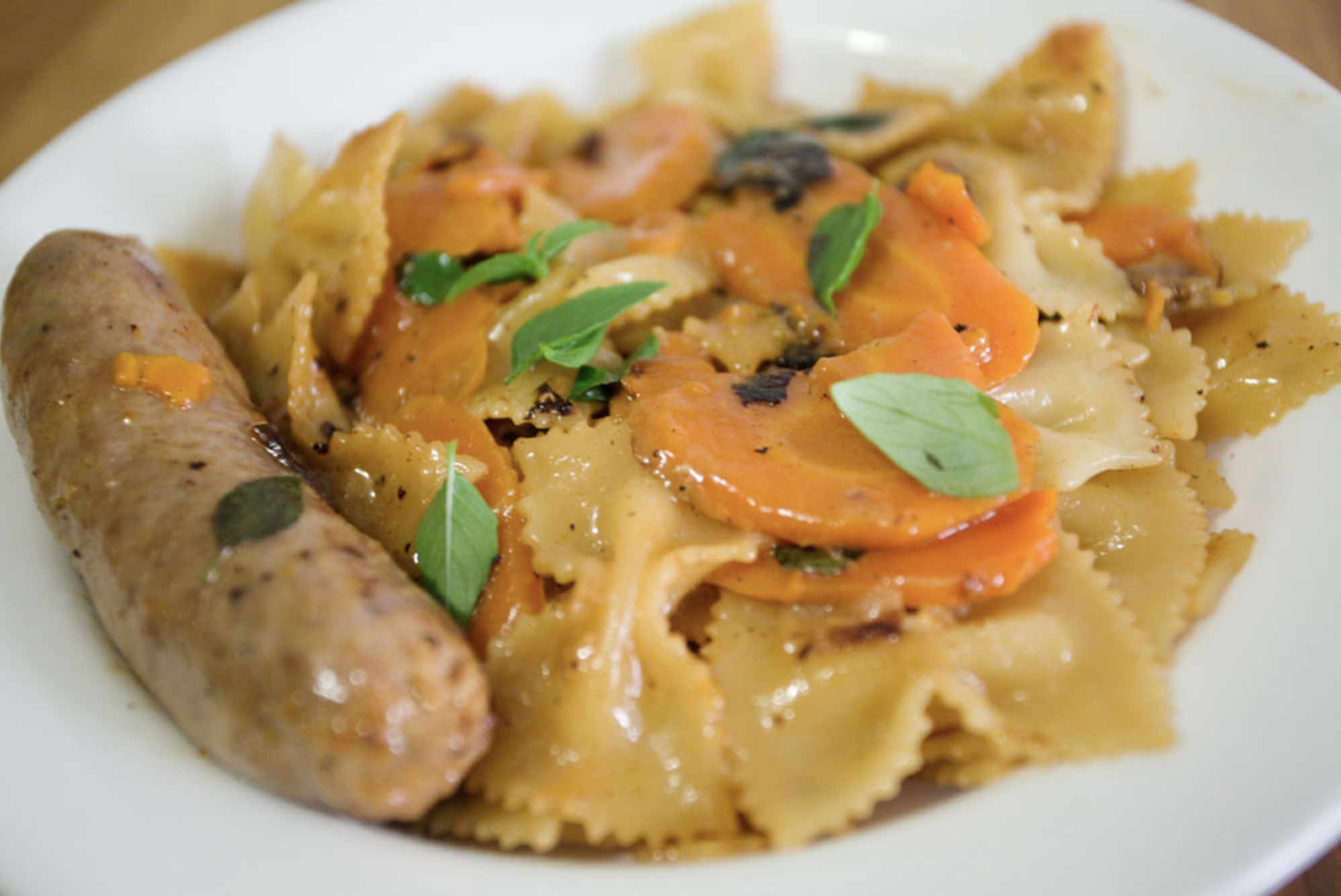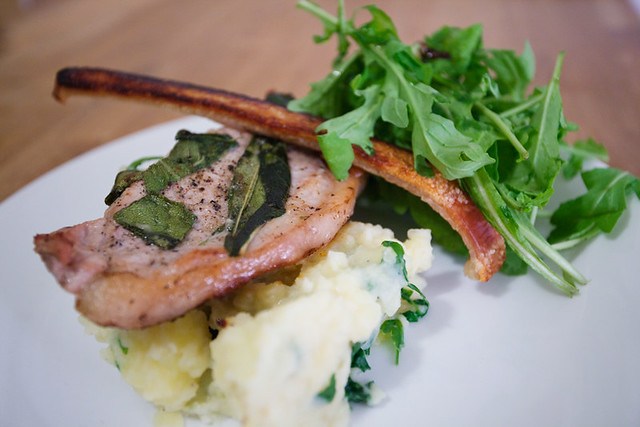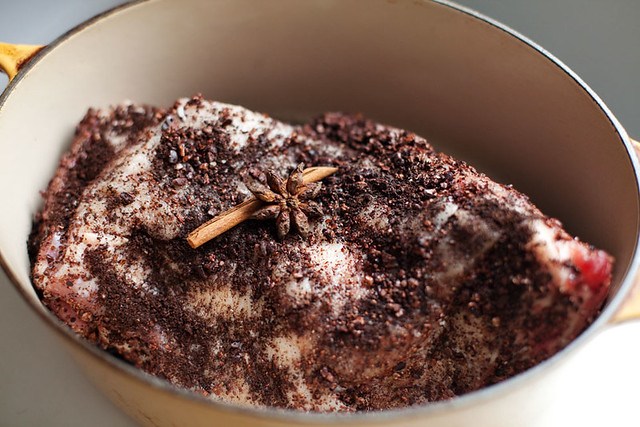The good old days of flying weren’t just better – they were legendary. Back then, stepping onto a plane meant entering a world of luxury, where passengers dressed up, lounged in piano bars at 35,000 feet, and dined on real china. The experience was closer to a five-star hotel than today’s cramped metal tubes. And the most surprising part? These perks weren’t just for the wealthy – they were standard on many flights.
5. The Comfort of Spacious Seating
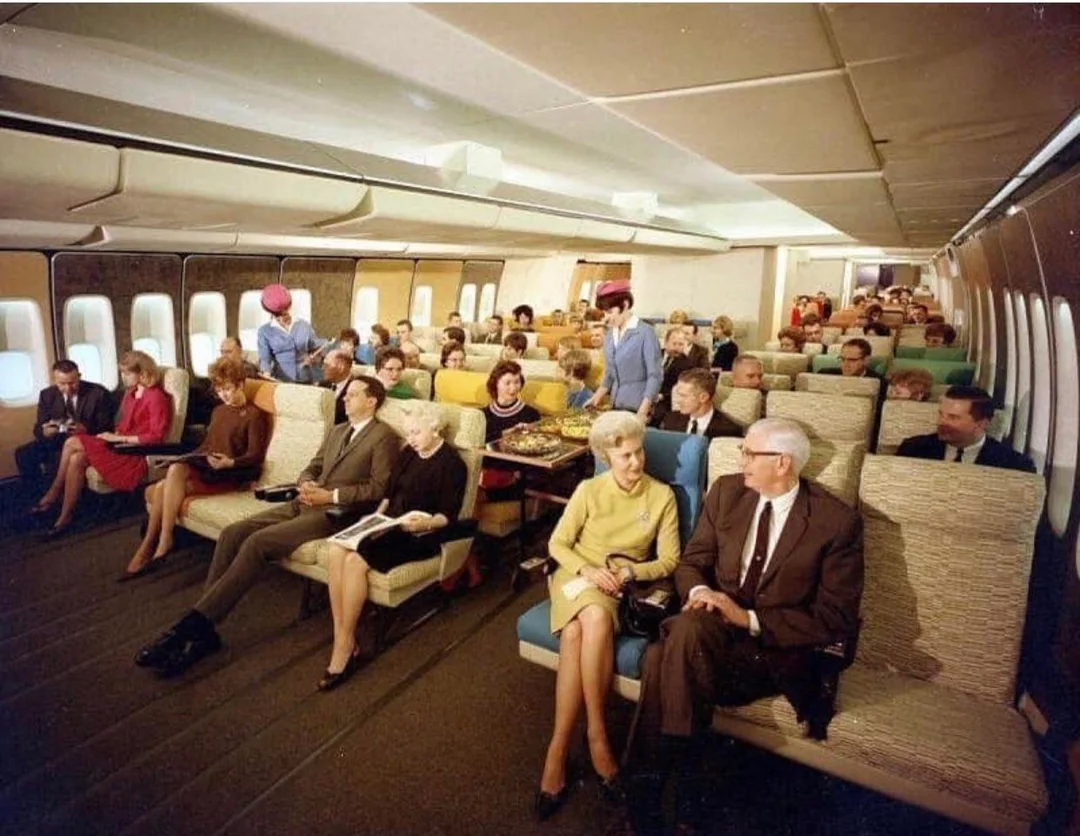
One of the most significant aspects of flying in the 1960s and 70s was the spacious seating. Airplane seats were designed with passenger comfort in mind, offering an average distance of 35 inches between rows. This extra space allowed for more legroom and a deeper recline, enabling passengers to truly relax during their flights. The seats themselves were thicker and more padded, providing superior support compared to the slimline seats we often encounter today. The focus on comfort over capacity meant that passengers could enjoy wider aisles and less competition for accessing restrooms, making the overall flying experience much more pleasant.
4. The Luxury of In-Flight Dining
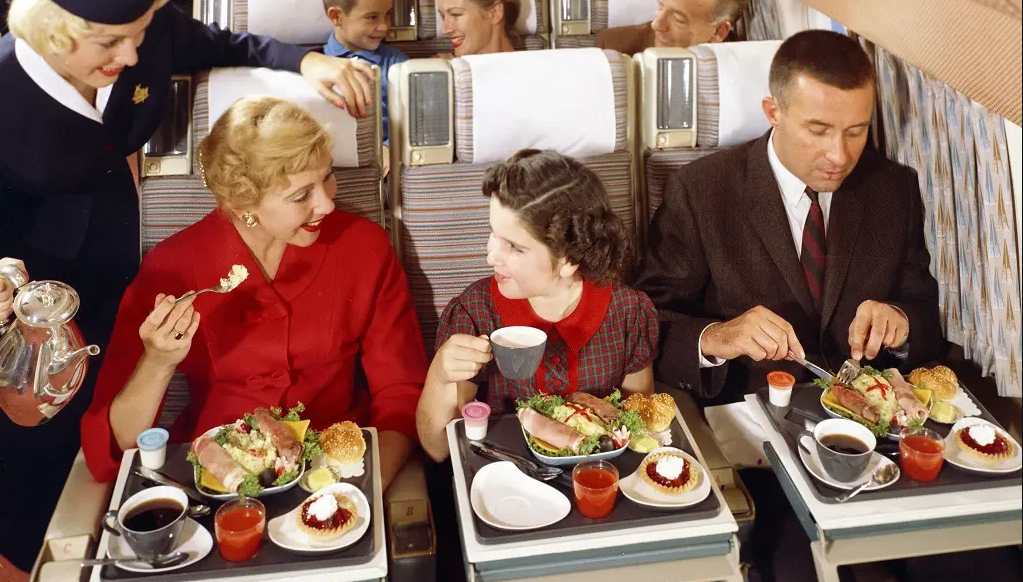
In-flight dining today is a far cry from the quality meals that were once served. Airlines took pride in serving gourmet meals prepared with high-quality ingredients, including fresh produce, meats, and seafood. Passengers were treated to meals served on actual china, complete with real glassware and silverware. The dining experience often included multiple courses, transforming the cabin into a fine dining restaurant at 35,000 feet. On longer flights, passengers could enjoy a full dinner followed by breakfast service, all while being pampered by attentive flight crews.
3. The Elegance of Passenger Attire
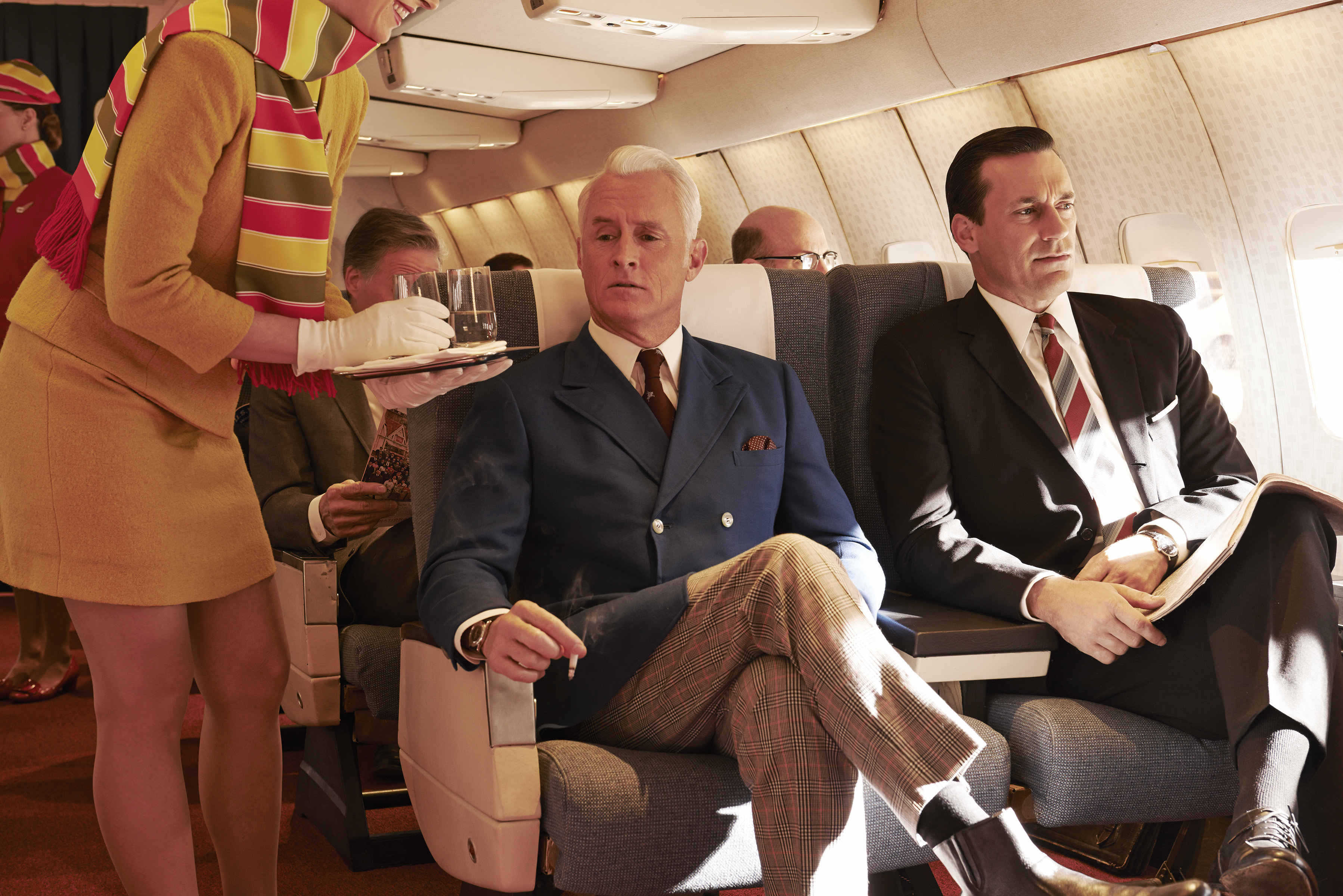
Travelers in the 1960s and 70s dressed for the occasion, which gave air travel a now largely lost sense of elegance. Men typically wore suits or sport coats, complete with ties and hats, while women donned dresses or skirts with blouses, often accessorized with gloves and scarves. Children were also dressed neatly, often in miniature versions of adult formal wear. This attention to attire is a product of its time – flying was less common, harder to access, and was still “special.” Today, flying is mundane and a common reality for many passengers, which helped give rise to the casual clothing of today’s airports.
2. The Social Experience of Lounges
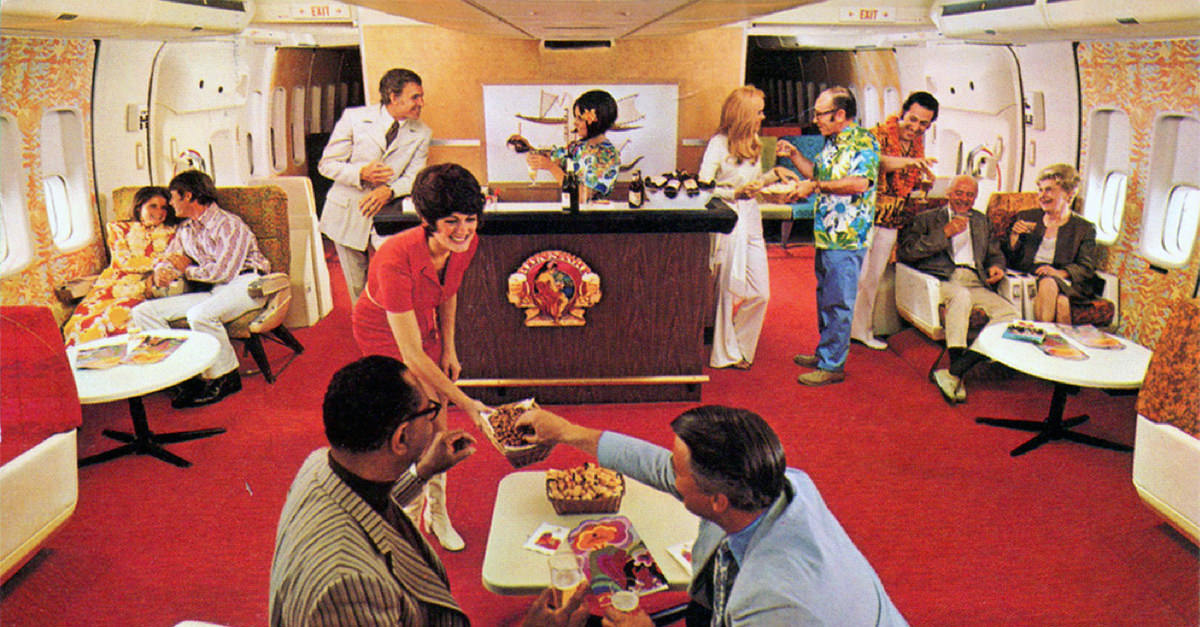
Flying was a social experience, and that experience has largely retreated into VIP traveler’s lounges or “Admiral’s” lounges. Before, many long-haul flights featured dedicated lounge areas where passengers could relax on comfortable couches, socialize with fellow travelers, or enjoy a cocktail. The Boeing 747, for instance, boasted exclusive upper deck lounges for first-class passengers, complete with cocktail bars staffed by professional bartenders. Even in coach, passengers could enjoy piano bars on some flights, but modern flights now focus on maximizing passenger counts, which has made these features a waste of valuable floor space.
1. The Simplicity of Airport Navigation
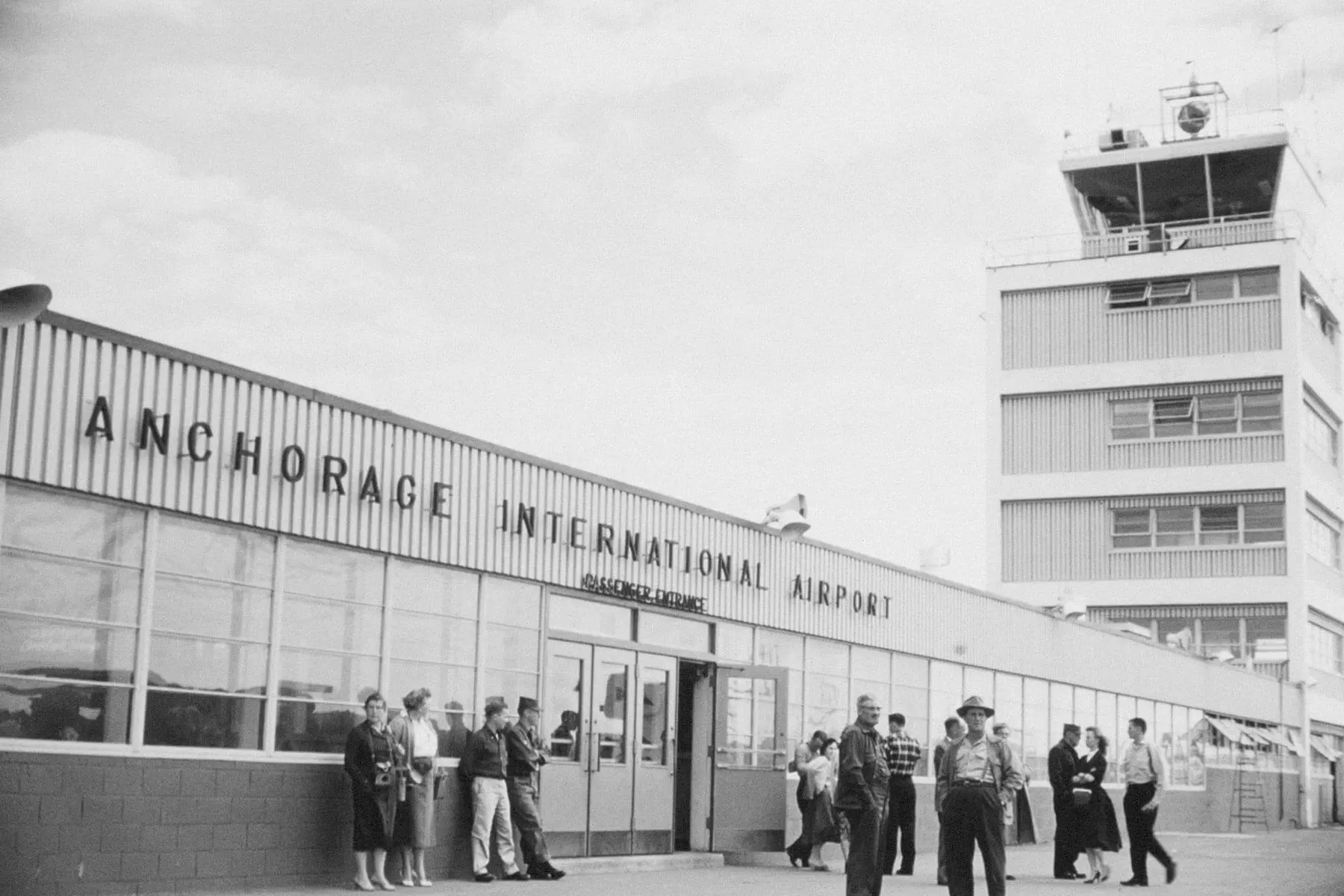
Airports during the Golden Age of Air Travel were designed with ease of navigation in mind. With minimal security measures and less crowded terminals, passengers could arrive closer to their flight times without the hassle of long lines and extensive checks. Many airports even featured public viewing areas where families and aviation enthusiasts could watch planes take off and land. Today, security is much tighter and airports have become sprawling megastructures that service hundreds of flights daily with endless terminals.


